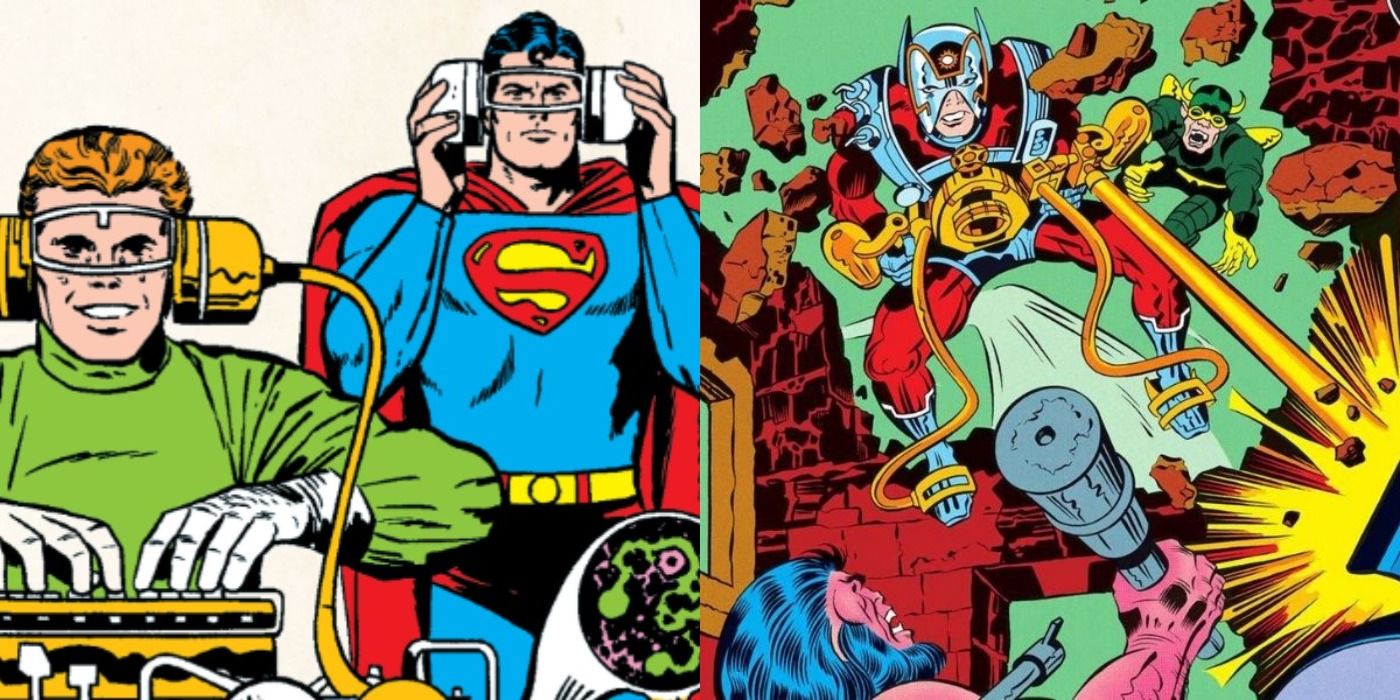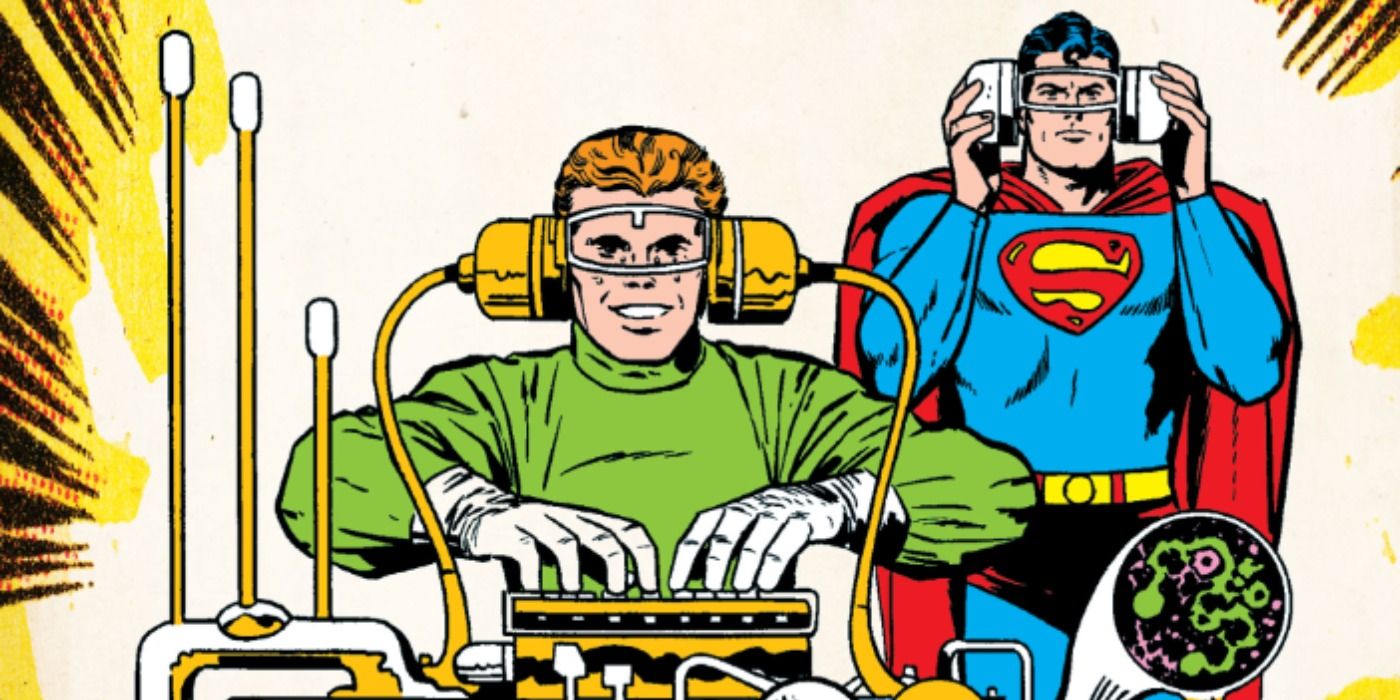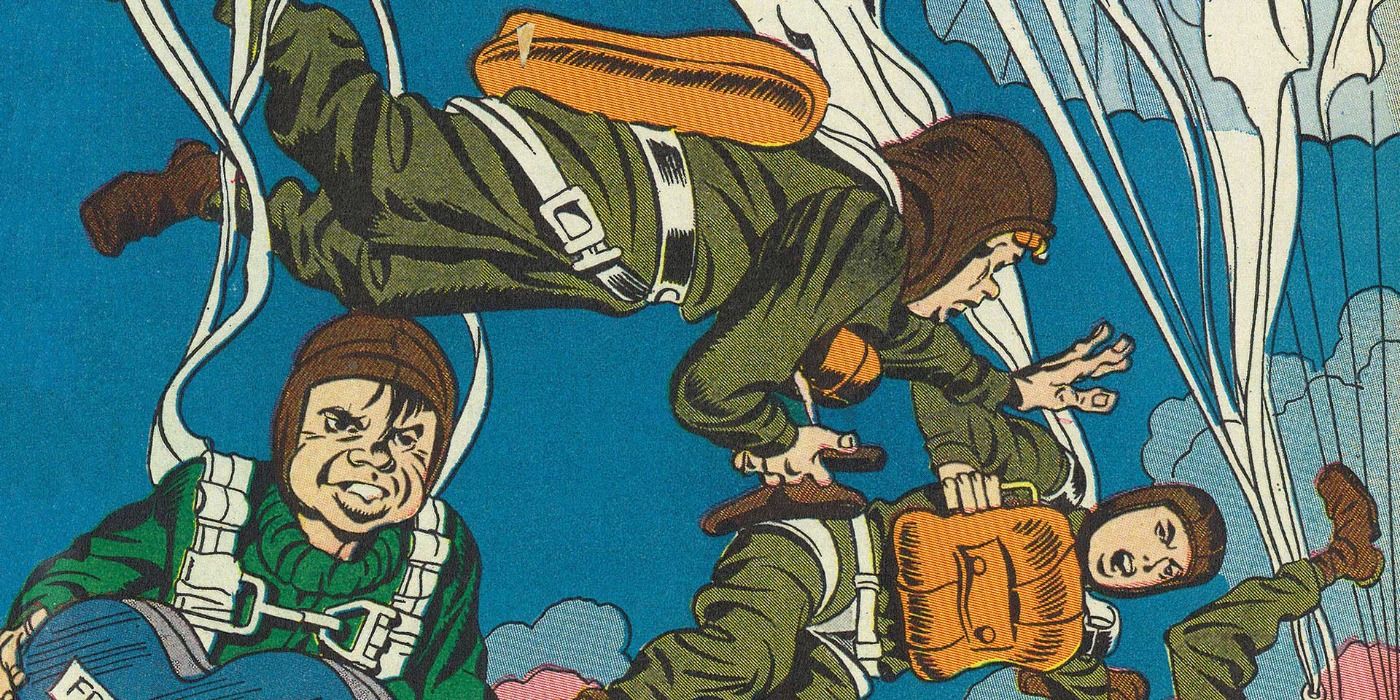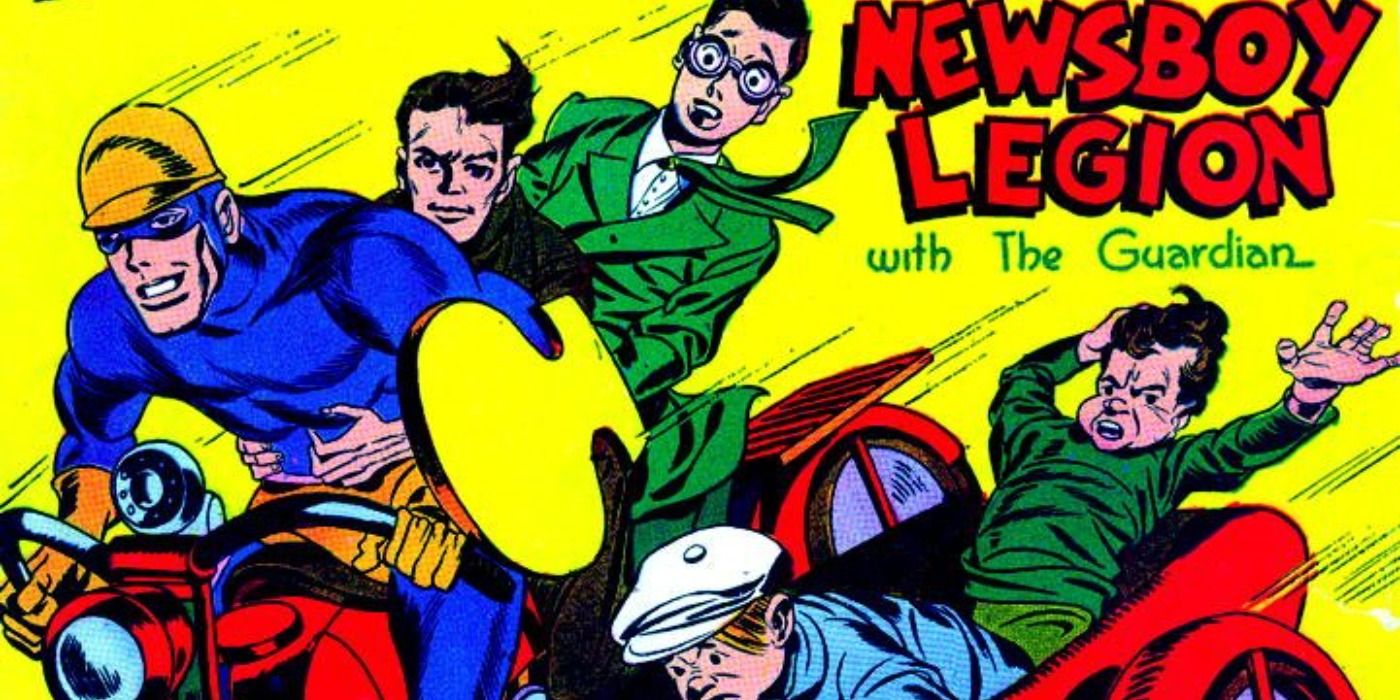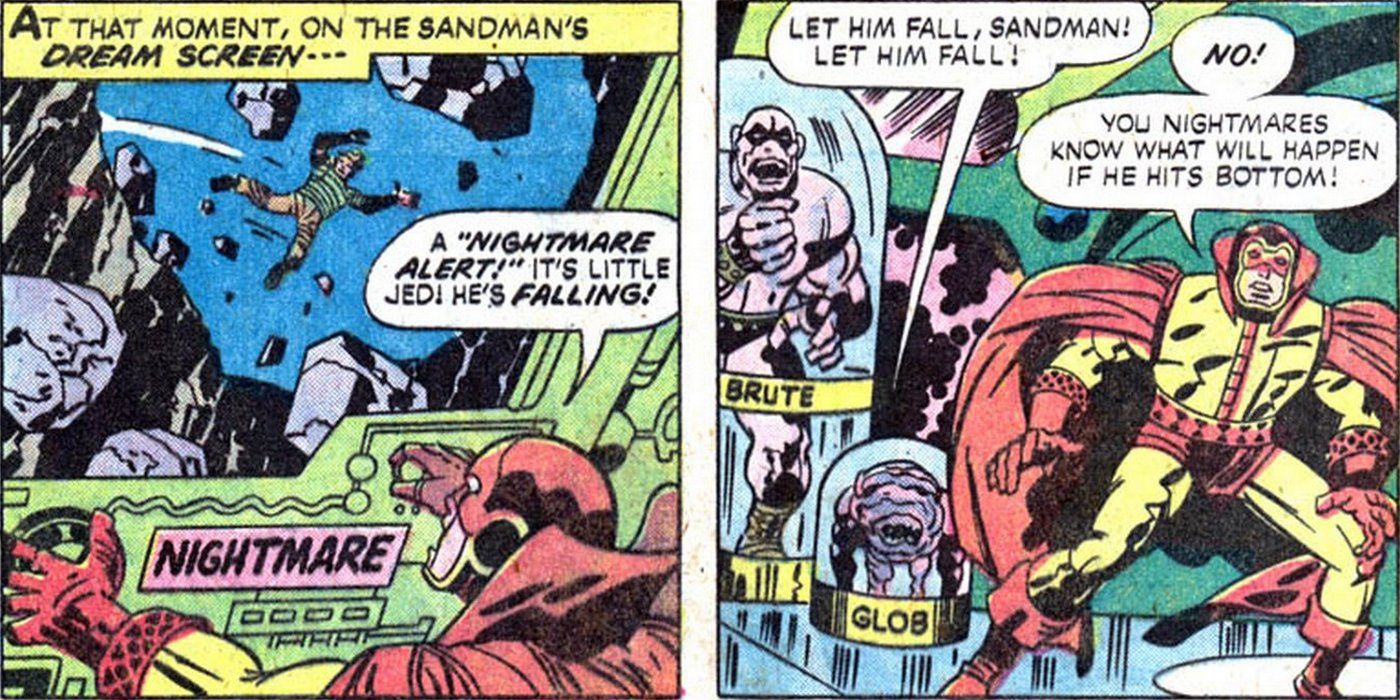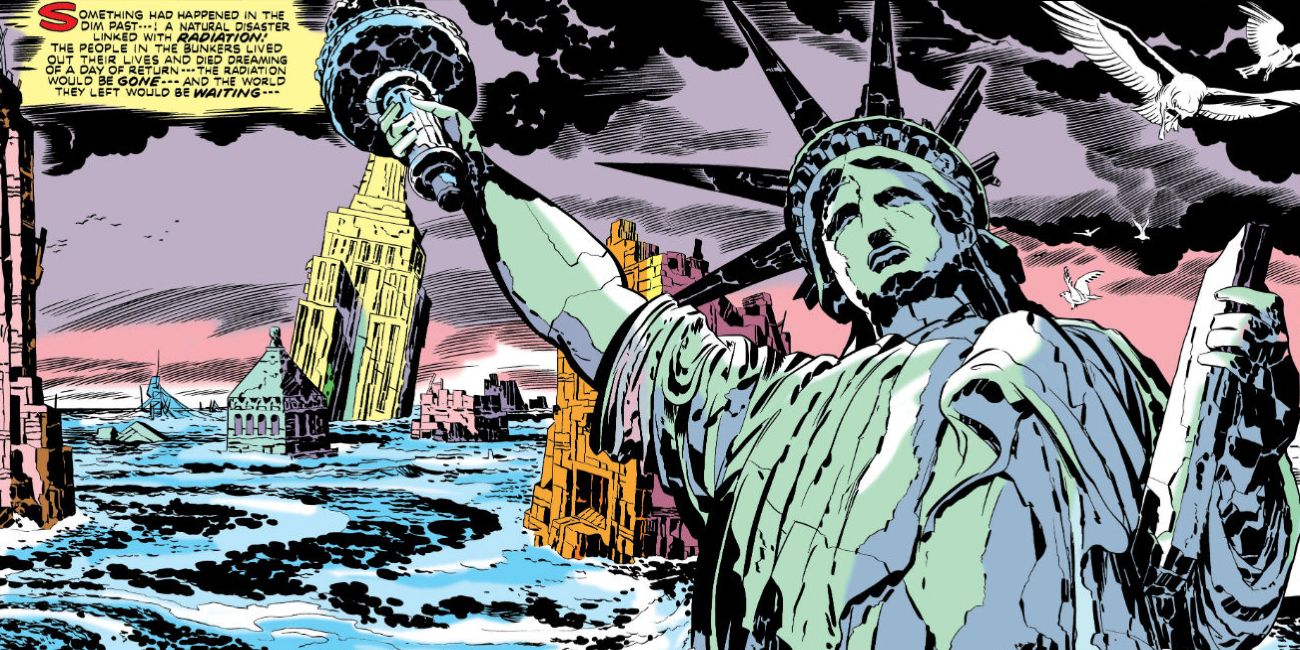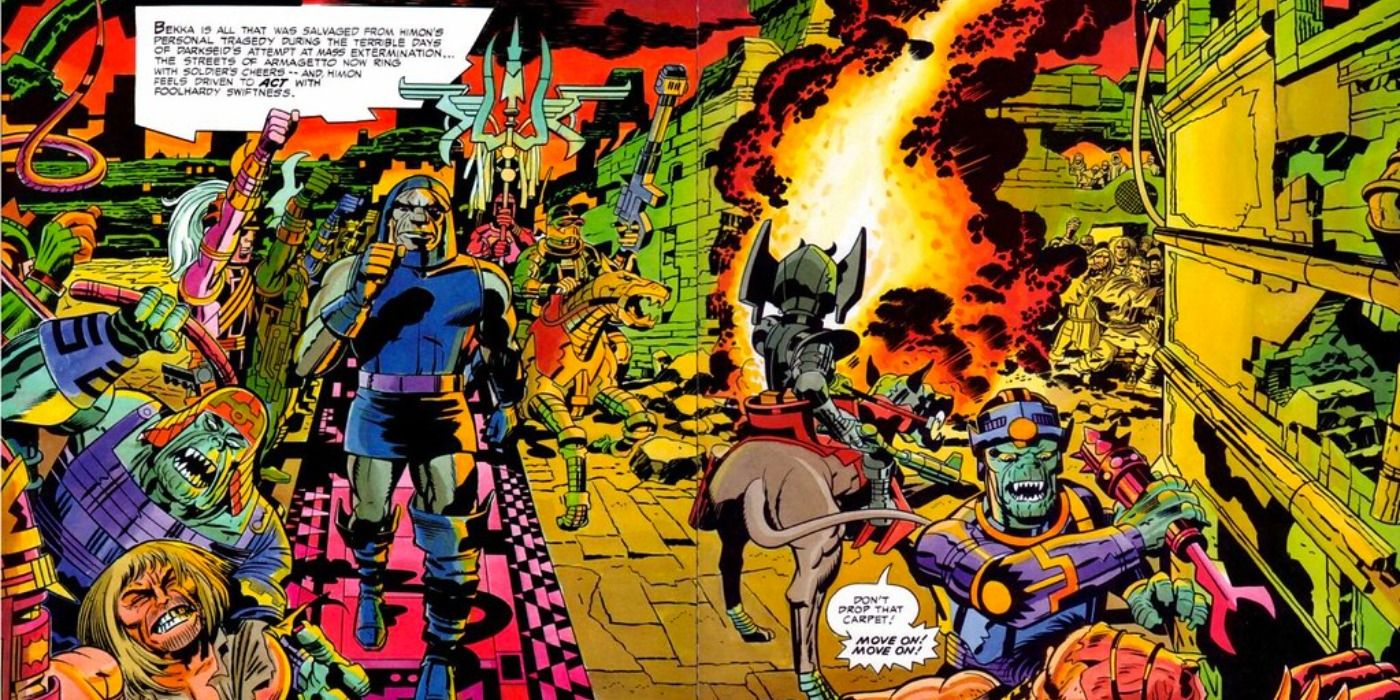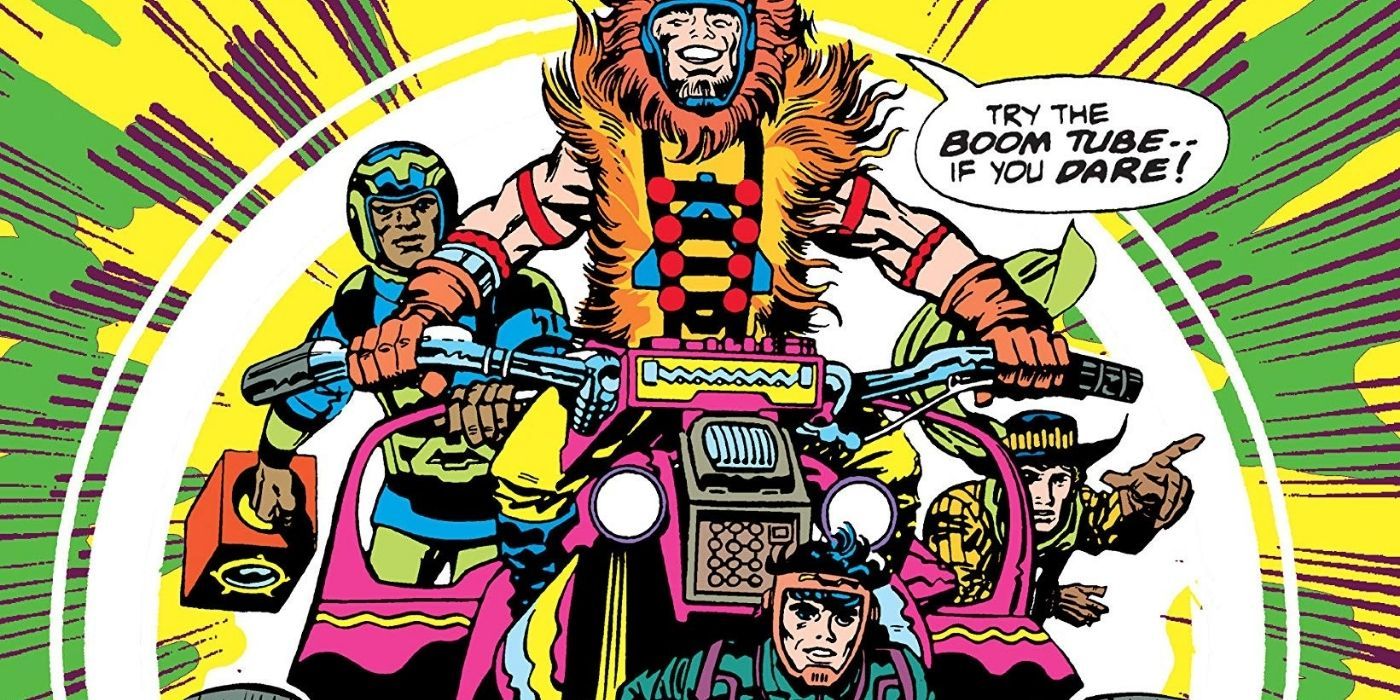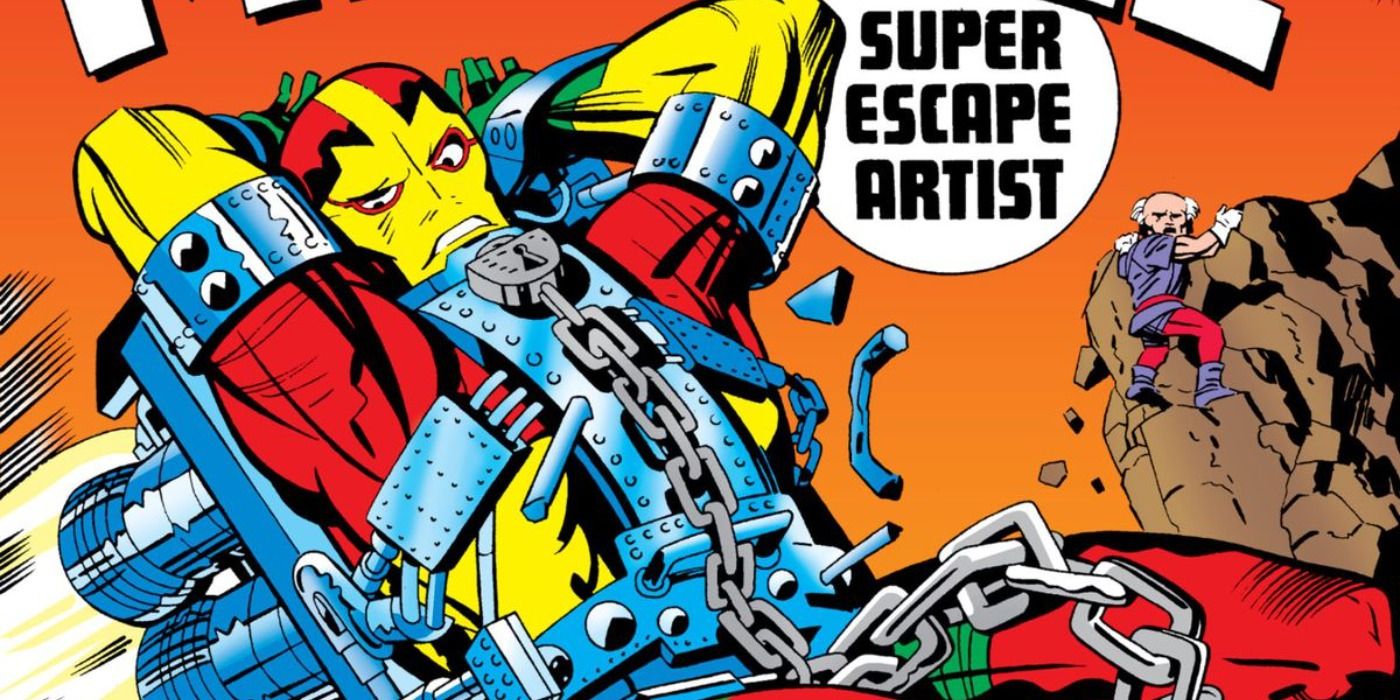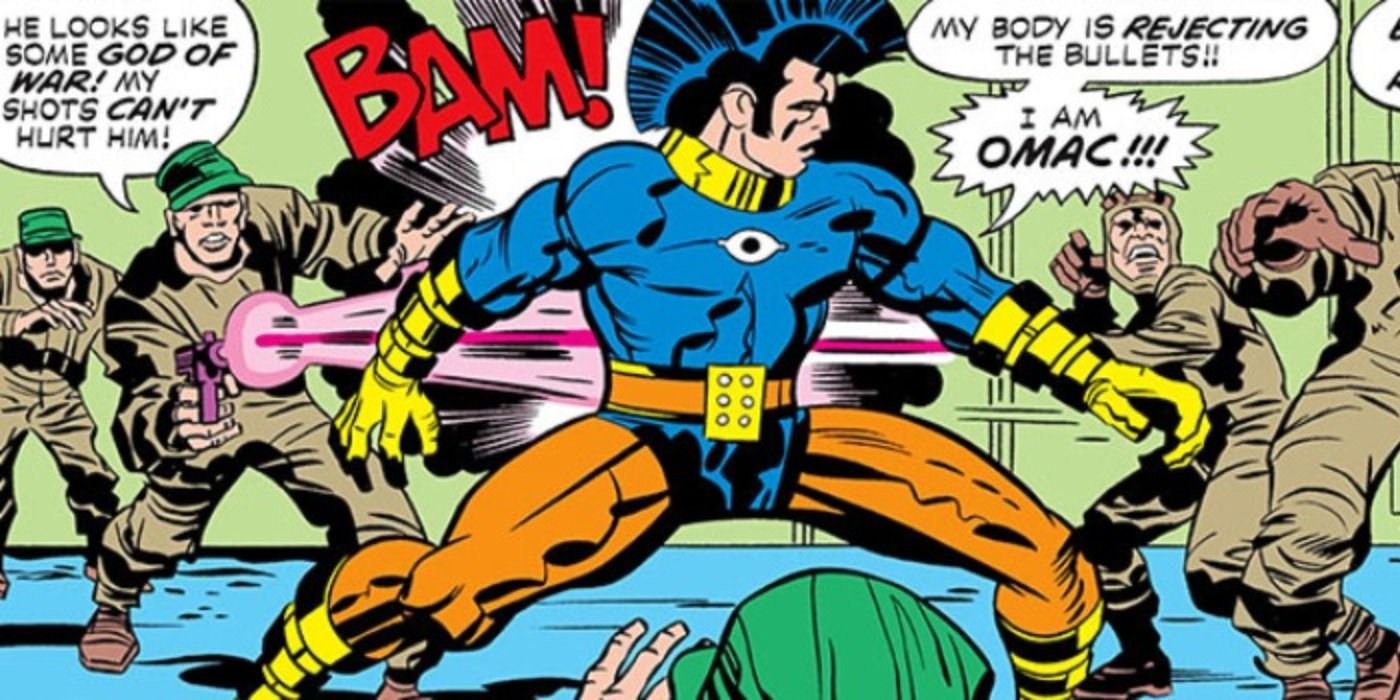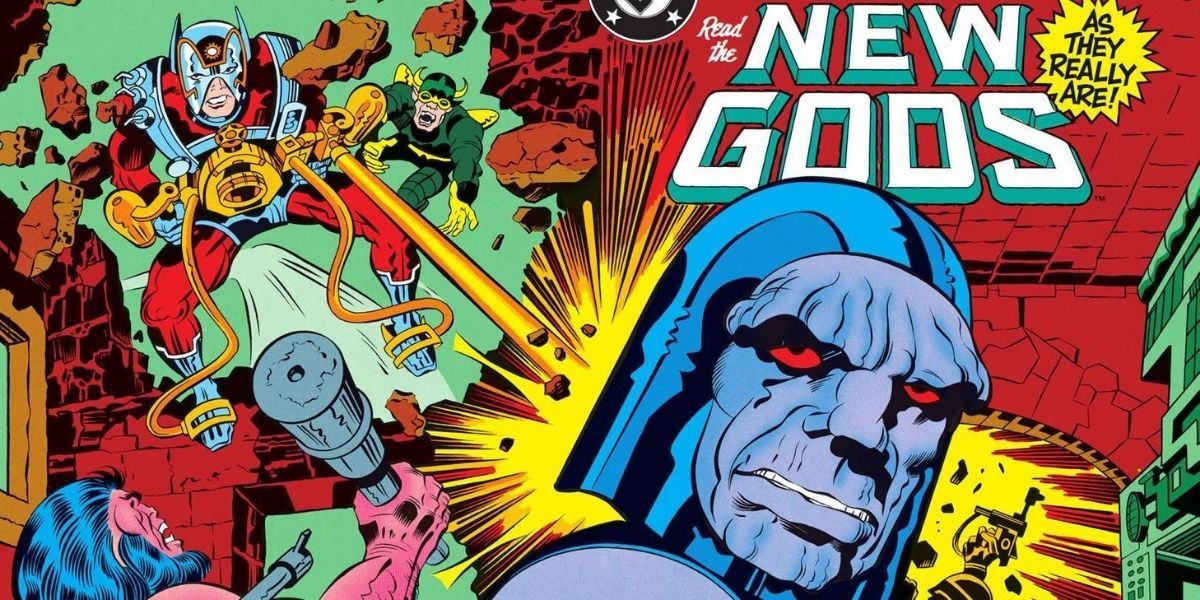Most comic book fans know that Jack Kirby either created or co-created most of the early Marvel Universe, including the Fantastic Four, Avengers, and X-Men. His work at DC Comics is less well known to general audiences, but no less significant in comic book history. Some of his characters and comics are among the most integral in DC lore.
The New Gods have become absolutely essential in the broader DC Universe, not just in the comics, but also in other media like animation and live-action. Beyond that, Kirby created many important comic books in his decades of work for DC, much of which is important for fans of the legendary writer and artist.
Superman's Pal Jimmy Olsen
When Jack Kirby left Marvel Comics for DC in the 1970s, his first work for the company was a bit of a surprise. Still, Superman's Pal Jimmy Olsen is no less essential. In fact, it might be the most important of his DC Comics run as it's where he first introduces a number of concepts and characters like Darkseid and the New Gods. Kirby's signature style instantly transformed the book, making it closer to the Silver Age sci-fi weirdness of the past that doesn't seem so weird at all when looking at some of the best Superman issues of the 2000s, like All-Star Superman.
The Boy Commandos
Some of Jack Kirby's earliest work in comics was for DC. He worked on The Boy Commandos for extended runs between 1942-43 and later 1946-49. The team first appears in Detective Comics #64 in 1942, co-created by Joe Simon and Kirby, the same creatives behind Captain America, one of the first members of the Avengers.
This run is essential for a number of reasons, including being a great showcase of a trope Kirby would return to again and again - the kid gang. These kids were soldiers in World War II, but many other versions appear throughout his work, like the Yancy Street Gang in Marvel's Fantastic Four comic book.
The Newsboy Legion
The Newsboy Legion is another kid gang of sorts by Kirby, also from 1942. The early run is essential for comic book readers and historians in seeing how Kirby experimented with two big concepts of his at the time - the kid gang and the patriotic hero.
In this case, Tommy Tompkins plays the role of a Captain America type, leading the gang on adventures. The Newsboy Legion would go on to become a fairly big part of DC Comics lore in later years, with connections to Project Cadmus, the scientific outfit that actually created the gang.
Sandman
When comic book fans think of the best issues of Sandman ever, they generally think of writer Neil Gaiman's landmark run. But Jack Kirby was instrumental in providing essential updates to the character in the Bronze Age. He co-created the Garrett Sanford Sandman during his run in the 1970s, as well as the characters of Brute and Glob, who would become figures in the Gaiman run. This Sandman is noteworthy for the typically astounding Kirby art, which fuses the surreal landscapes of dreams with a more cosmic flair, not unlike his Marvel stories.
Kamandi, The Last Boy On Earth
One of the most essential original characters Jack Kirby created for DC Comics is Kamandi. The story of a boy living after the collapse of civilization has some echoes of popular movies at the time, like Planet of the Apes. The book is a visual feast of epic and dystopian vistas, as well as unique character designs.
Kamandi is evidence of how broad Kirby's imagination was, creating vast secondary worlds full of detail often at the same time in terms of production. Kamandi wasn't intended to be part of the DC Universe proper, but later joined and has since become a fairly major component of modern comics in the last twenty years.
The Hunger Dogs
The Hunger Dogs is one of DC Comics' earliest graphic novels and one of the best singular showcases of the broad inventive scope of Jack Kirby's art. The story appeared in 1985 and is a deeper exploration of the world of Apokalips and the Fourth World in general. In addition, it provided a closer glimpse of Darkseid, one of the most evil DC supervillains Kirby helped create.
While the canonicity of the story is somewhat in question thanks to the numerous reboots DC has done, it remains a staggering monument to the boundless energy and vision of Kirby. It's also a tease of what could have been, as the original Fourth World comics were all canceled relatively quickly in the '70s.
The Forever People
The Forever People was one of the pillars of Kirby's Fourth World concept and is absolutely critical not just to the consideration of what might be his magnum opus in comics, but DC lore. Concepts like the Boom Tube, Mother Boxes, and more all originate in the pages of this comic book series, which have since become essential not just in the comics but now in the movies. Though the first volume of the series was very short - it lasted only eleven issues - its legacy is significant in the history of DC Comics lore and other media.
Mister Miracle
A major part of the Fourth World is Scott Free, Mister Miracle. Like the other Fourth World titles, Mister Miracle only lasted a short while, eighteen issues. But its legacy is significant not just in Kirby's amazing art - produced contemporaneously with several other titles like New Gods - but the introduction of major characters.
Along with Mister Miracle, the book introduced Big Barda, his eventual wife, and a major player in the broader world of the New Gods. The pair would later appear in animation and also be the focus of the Eisner Award-winning Mister Miracle maxi-series by Tom King.
OMAC
OMAC, or the One Man Army Corps, emerged in 1974. This book, like all of Kirby's DC work, was brief in terms of duration but is key in exploring ideas he would play with throughout his career. Like Kirby's work on Machine Man for Marvel, OMAC tackles heady ideas like the line between humanity and technology. The art throughout is classic Kirby with lots of action and an unusual-looking main character in OMAC who comes out of the same gonzo vision as another Kirby creation, the Marvel Comics supervillain Arnim Zola.
New Gods
Comic book fans know Darkseid is one of the evilest supervillains in all of comics. Jack Kirby's quintessential big bad emerges from his work in the Fourth World and gains real definition in the New Gods, the main title from 1971. Though the run of the book was very brief, its impact is incalculable. Darkseid has become the most prominent DC villain in all forms of media, and the vast cosmic playground of the Fourth World and all its fascinating characters has become essential to the greater lore of the DC Universe.

